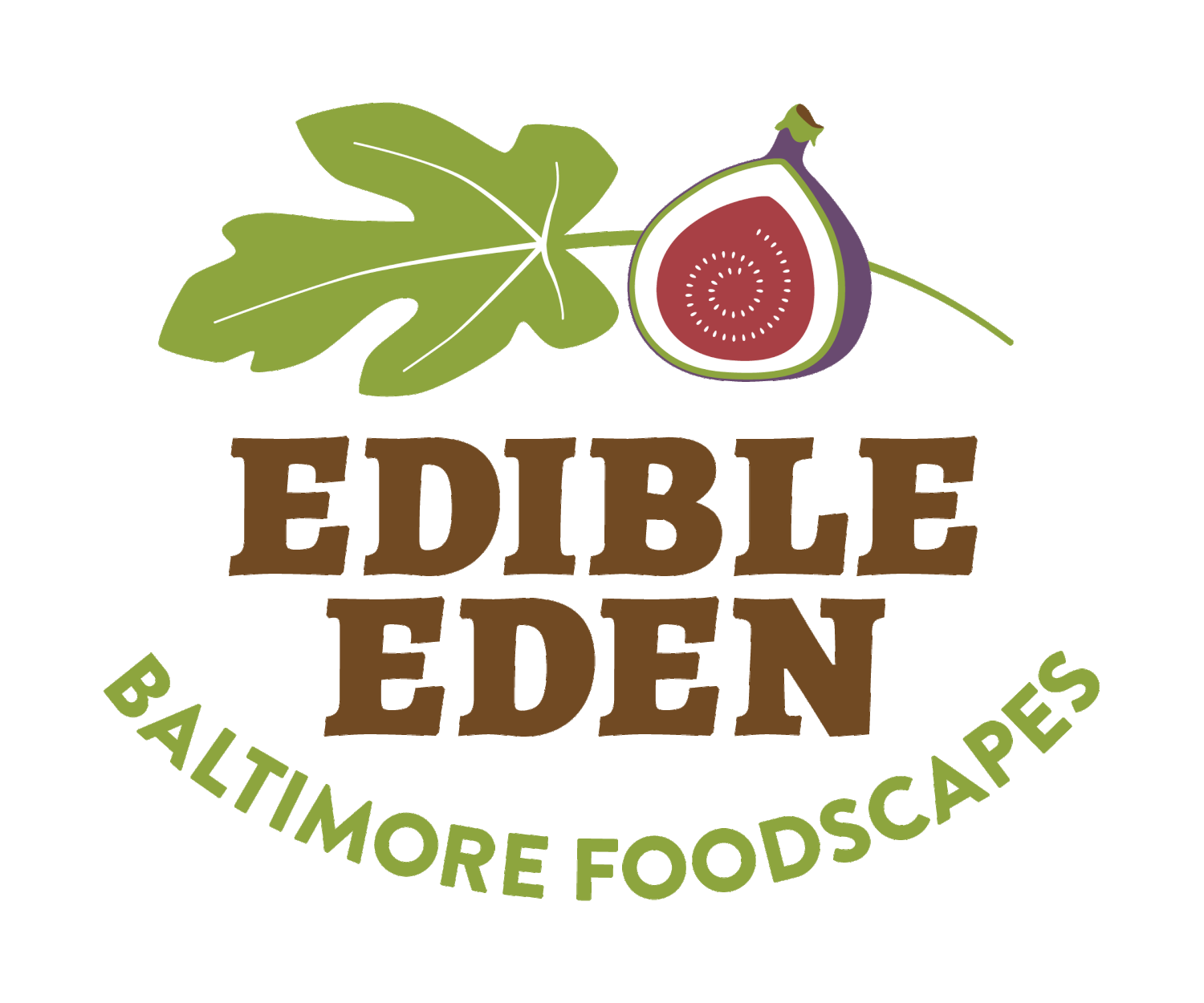Last month we shared the first 3 steps to IPM: inspect, identify, and inform. IPM is a pest management practice that treats challenges in the garden holistically with the end goal of doing the least harm to the environment, the water, non-targeted organisms, and to us - the gardeners! Read on for the last 3 steps to learn how to treat pests in an informed and responsible manner.
Although this eggplant lead if riddled with holes, it actually withstood the flea beetle damage and ended up producing a flush of fruit!
Step 4: Determine your tolerance and the garden’s tolerance for pests
Remember that an ecological garden will (and should!) have insects. Consider whether the pests are at a point where they are doing serious damage to your plants. Consider how comfortable you are with the pest population in your garden. Decide how aggressively you need to treat these pests.
This, on the other-hand, is too many hornworms for comfort!
Watering in the morning and from below (not above) ensures that water doesn’t sit too long on the leaves of your crops. Stagnant water can cause disease and attract pests.
Step 5: Act
There are a few different types of actions you can take to control your pest problem. Some are more preventative, some more reactive. Beginning with the most preventative and least disruptive they are:
Cultural Management: This comes down to how your garden is being run. For example:
Are you buying pest/disease resistant plant varieties?
Are you watering properly?
Are you keeping your garden tidy?
Physical Management:
Handpick pests you see, squish eggs (once you have properly identified them!), prune off disease.
Consider using physical barriers like floating row cover or sticky traps.
Floating row cover is a great way to keep pests away from your crops
The same row, uncovered, with untouched brassicas!
Biological Management:
Include plants in your garden that will attract beneficial insects that will keep pests at bay.
Import natural predators that will target and control your pests. Ladybug and Mantis eggs can easily bought and shipped to be placed around a garden.
Chemical Management:
As a last resort, you can spray. Use targeted, organic treatments where possible and spot treat rather than spraying your entire garden. Apply sparingly and responsibly.
Step 6: Evaluate
Take note of what action you took, how, and when. Monitor closely and take note of how it worked so you will be ready to act next year!
Lady bugs can be bought online or at many nurseries to battle aphid populations.
Soldier beetles are predatory and enjoy a wide range of insects. Providing nectar flowers and habitat helps attract predatory insects to your garden.








